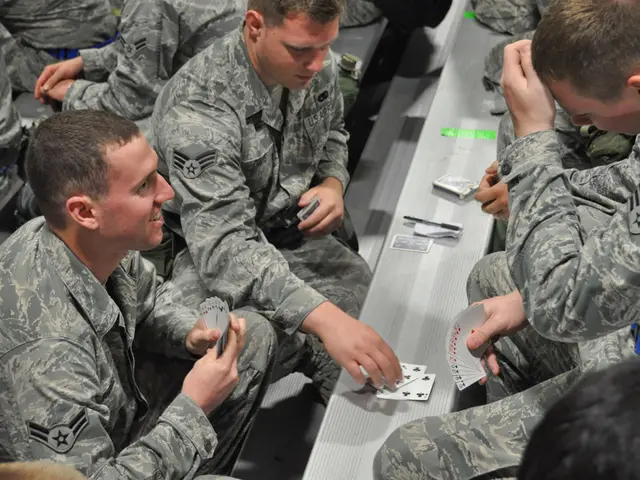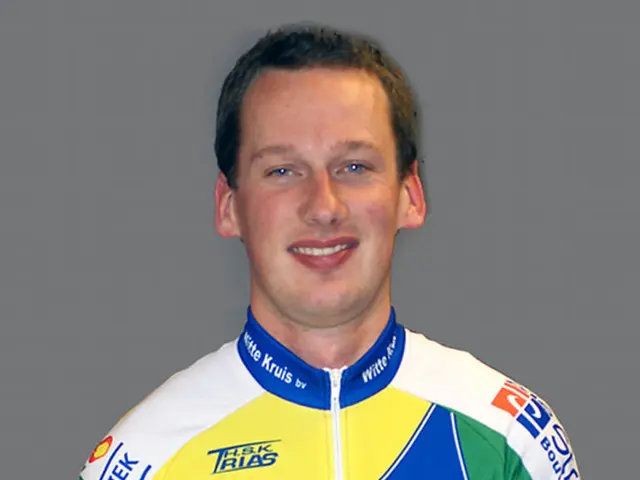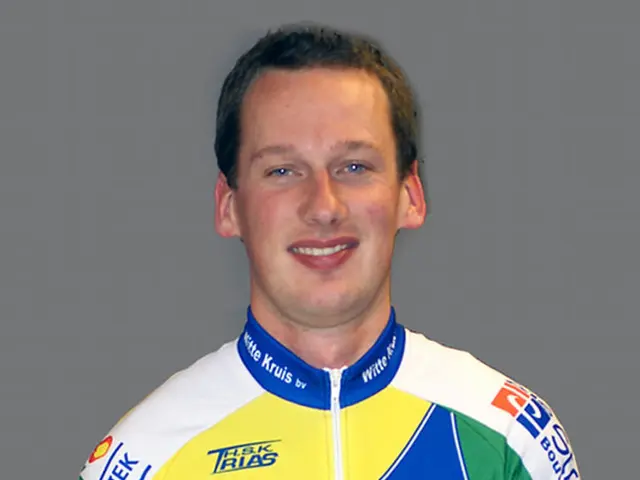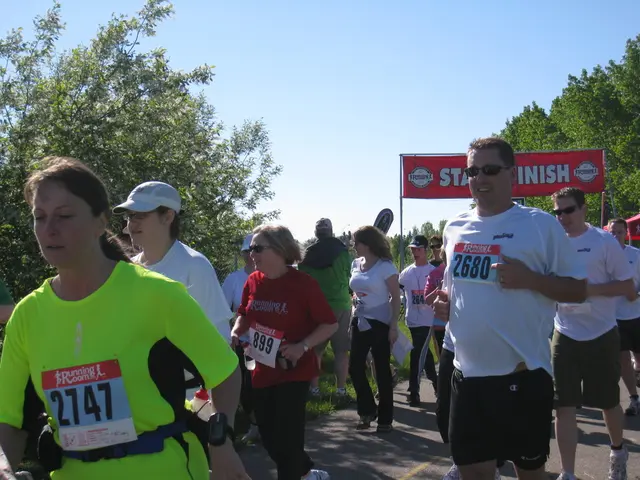"Transformation of Horticulture in the Old Country: Traditional Fruit Cultivation Goes Digital"
The SAMSON project, funded by the Federal Ministry of Food and Agriculture (BMLE), secured around €2.8 million at the beginning of 2023. This initiative aims to support sustainable and economic fruit production using Digital Twins, making it particularly important for the Alten Land, one of Europe's largest fruit-growing regions.
Located south of the Elbe, the Alten Land boasts approximately 10,700 hectares of fertile marshland, where around 300,000 tons of fruit ripen annually. Apple varieties like Elstar, Holsteiner Cox, Gala, or Boskoop dominate, accounting for more than 80% of the fruit trees.
The SAMSON project involves several renowned institutions, including the Fraunhofer IFAM, the University of Applied Sciences Hamburg (HAW Hamburg), the University of Applied Sciences 21 in Buxtehude, and the Technical University of Hamburg.
At the heart of the SAMSON project is the creation of Digital Twins of farming areas. A Digital Twin of a farming area at the Esteburg Fruit Farming Center in Jork will serve as a demonstration of how digital support could look like for fruit farming. The basis for a Digital Twin is the precise location of every single tree in an orchard, which is accomplished by walking through the tree rows with a telecoping pole equipped with GPS.
A sensor box, designed to be mounted on a conventional 3-point hitch of tractors, is being developed to gather the data needed for this project. The sensor box will include a processing unit, battery, cameras, and sensors for temperature, humidity, and location. Artificial Intelligence will be used to filter out important and useful information from the vast amount of data collected by the sensor box.
The project participants believe that the digital twin would bring many benefits for orchardists, including the ability to monitor the number and density of apple blossoms, soil moisture, signs of drought or pest infestation, and the size and ripeness of the fruits. Based on this data, targeted measures can be taken for each individual tree, such as something called alternance, which considers the fluctuation in the number of blossoms and apples over the 15- to 20-year lifespan of a tree and requires individual care for good yields of high quality.
Cem Özdemir, Federal Minister of Food and Agriculture, expressed interest in the SAMSON project, stating that its results are of great interest not only locally and regionally but also internationally. The project is of interest to other major fruit-growing regions, such as Lake Constance and South Tyrol, who are also working on the digitization of agriculture.
The SAMSON project will run until the end of 2025, inviting fruit growers and farmers to develop their own digital twin and become part of this innovative endeavour. The project's potential to revolutionize fruit production and contribute to sustainable agriculture makes it an exciting development in the world of agriculture.








